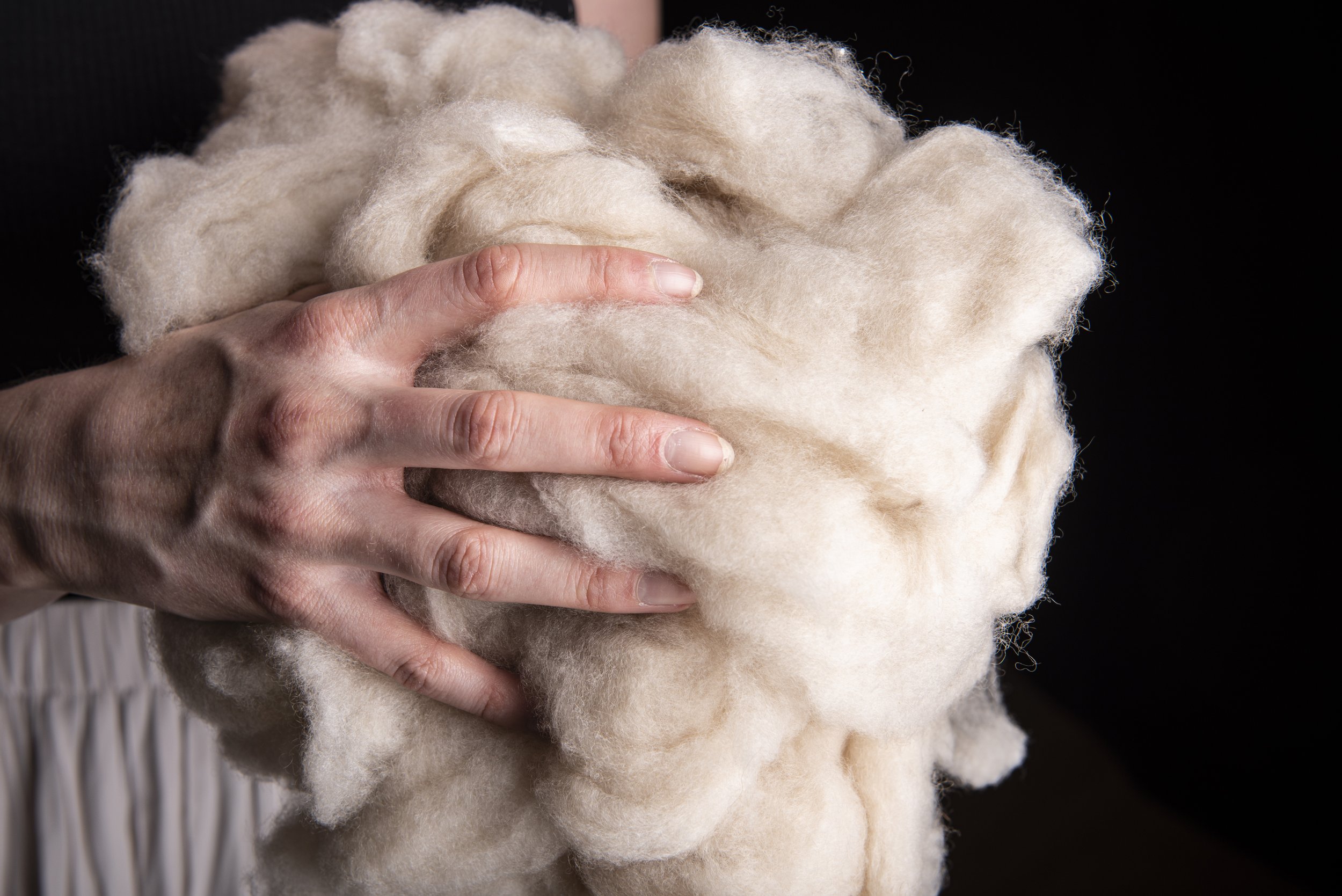Discover the Attraction of Cashmere a Natural Fiber: Why It's a Must-Have in Your Closet
The allure of cashmere, a luxury natural fiber, transcends simple aesthetic appeals. From discussing its fascinating origin to comprehending its production process, top quality, and care, it's worth checking out why cashmere holds such an unique area in the globe of fabrics.

The Beginning and Background of Cashmere: A Short Introduction
While lots of might watch cashmere as a straightforward high-end, its history is steeped in abundant social custom. Originating from the Kashmir region in India, cashmere wool has actually been created for countless years. The fiber is obtained from the soft undercoat of cashmere goats, collected throughout their molting season. As a precious product, it was traded along the Silk Roadway, becoming highly valued in Europe in the 18th century. The name 'cashmere' is an old English derivation of Kashmir. Regardless of its global appeal, the bulk of cashmere production still continues to be in Asia, especially China and Mongolia. This historical trip highlights the social importance of cashmere, changing it from a regional specialty to an international deluxe.
Comprehending the Unique Characteristics of Cashmere Fiber
Cashmere, renowned for its unique features, stands out worldwide of textiles. This lavish fiber is extremely soft, giving a comfortable and comfy feel unlike any kind of various other. It is considerably warmer than woollen, making it a perfect selection for winter garments. In spite of its heat, cashmere is surprisingly light-weight and does not add unnecessary mass. This all-natural fiber is also understood for its longevity. While various other materials may wear down over time, cashmere preserves its top quality, making sure durable wear. Cashmere has a distinct aesthetic charm. Its mild luster and style make it a staple in premium fashion. Understanding these buildings clarifies why cashmere is not just a luxury, however a rewarding financial investment for any wardrobe.

The Process of Making Cashmere: From Goat to Garment
To appreciate the extravagant residential or commercial properties of cashmere totally, one must comprehend its trip from the raw fiber to the ended up item. The procedure starts with the cashmere goats, mostly found in Mongolia, China, and Iran. The soft undercoat of these goats, gathered throughout their all-natural molting season in spring, gives the raw product. This fragile fiber is after that thoroughly divided from the coarser external hair in a labor-intensive procedure referred to as dehairing. The pure cashmere is then dyed, spun right into thread, and ultimately knitted or woven into the sought after garments. Each action is look at here diligently executed to preserve cashmere's significant heat, soft qualities, and resilience. This elaborate process leads to the production of an absolutely luxurious textile.

Deciphering the Top Quality and Price: Why Is Cashmere so Expensive?
The high cost of cashmere garments commonly leaves consumers wondering about its validation. The expense stems largely from the difficult manufacturing process. is cashmere a natural fiber. Cashmere originates from the great undercoat of the cashmere goat, with each goat producing a plain 150 grams yearly. The labor-intensive procedure of combing and collecting the uncommon fiber substantially increases the cost. The processing of raw cashmere needs both time and experience, with the fibers needing to check it out be very carefully arranged, cleaned, and spun. Furthermore, the deficiency of pure cashmere, coupled with its premium softness, warmth, and longevity, warrants its deluxe status and high price. These aspects integrated make cashmere a pricy yet extremely in-demand product in the globe of fashion.
Cashmere in Fashion: The Versatility and Classic Charm
In spite of its high price, the classic allure and adaptability of cashmere have actually strengthened its location in the realm of style. The fiber's special structure, characterized by its soft qualities and warmth, has come to be associated with high-end and comfort. Its flexibility prolongs beyond seasonal fads, making it a wardrobe essential in numerous types, from elegant coats to stylish scarves. The functional nature of cashmere allows for its integration right into both formal and informal outfit, signifying its wide allure. Additionally, the fabric's withstanding popularity for many years confirms to its classic charm. As trends reoccured, cashmere remains explanation a continuous, its attraction undiminished, continuing to motivate and shape the fashion sector's landscape.
Taking Care Of Your Cashmere: Upkeep and Conservation Tips
Making sure the long life of cashmere garments needs specific care and focus. Normal cleaning with a cashmere comb can avoid pilling. With these maintenance and conservation pointers, one can ensure their cashmere remains sturdy and luxuriously soft.
Final Thought
Cashmere, with its unmatched softness and warmth, provides both luxury and durability. Its beginning from the Kashmir region and meticulous manufacturing process add to its premium appeal and price. Its adaptability in vogue and sustaining appeal make it a worthy financial investment for any type of closet. With appropriate treatment and preservation, cashmere garments can last for several years, offering a distinct blend of comfort, high quality, and style. Discover the allure of cashmere and raise your fashion collection.
